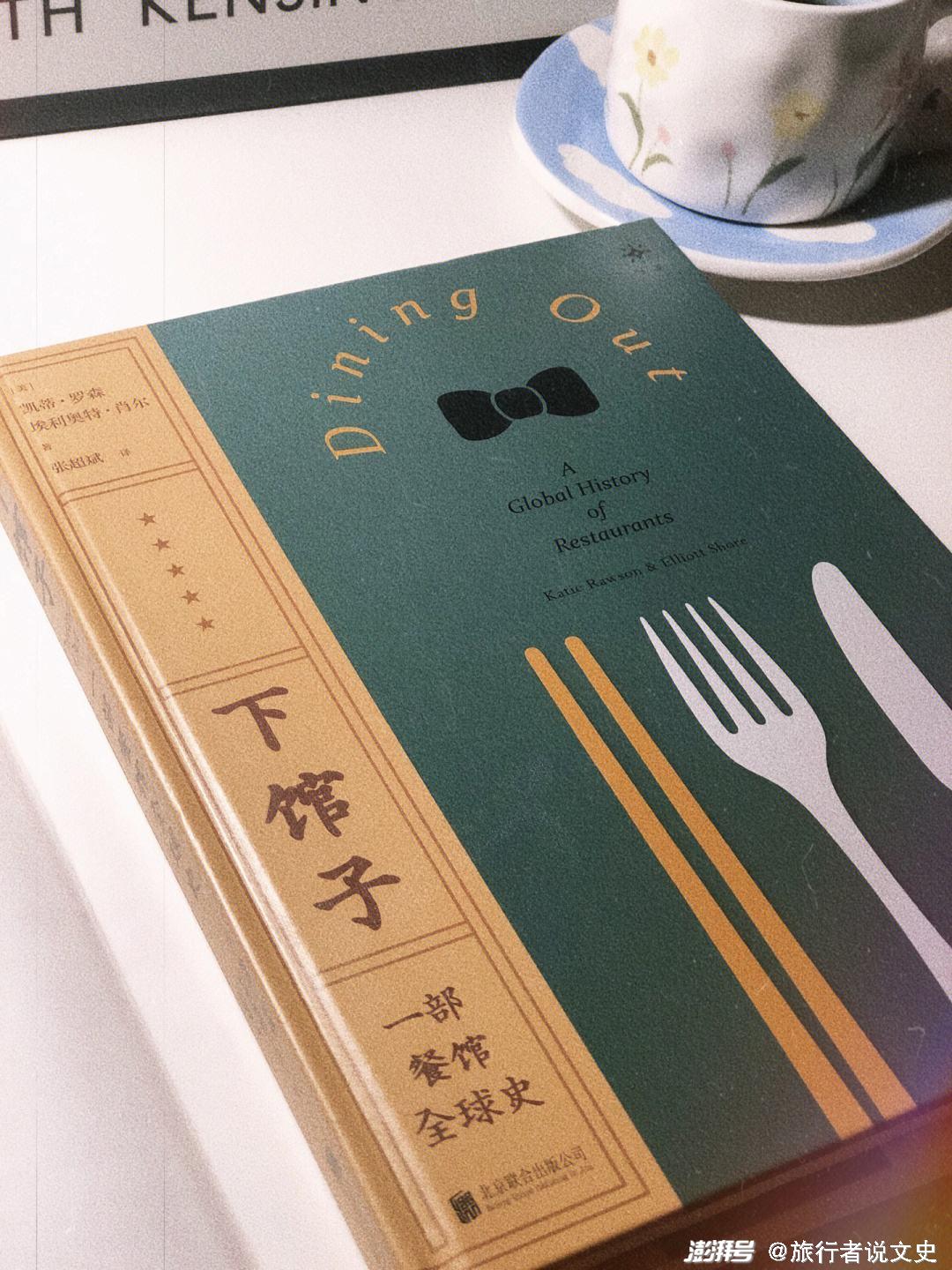On the Development History of China Restaurants

During this time, I read a book, which was written by Katie Rosen, a professor at the University of Pennsylvania in the United States. In his book, he wrote: "The earliest restaurant in the world appeared in Kaifeng, the capital of the Northern Song Dynasty around 1100 AD …" I really can’t agree with this conclusion.
When did the China restaurant appear? Although there is no detailed record in the history books. However, according to Han Feizi, as early as the Spring and Autumn Period and the Warring States Period, there were many wineries in the urban and rural areas of the Song Dynasty, such as the Zhuang family, which were "very beautiful for wine" and "very hospitable to guests", and "hung high" outside the wineries. The "sign" here is equivalent to the "screen" or "curtain" for later wineries to attract customers. At the same time, Records of the Historian, which was written more than 2,000 years ago, recorded that Liu Bang, the Emperor Gaozu, was lustful and joyful when he was young. He often went to Wang Wei and Wu Fu to drink on credit and fell asleep when he was drunk. Wang Wei and Wu Fu also found that whenever Liu Bang drinks in the shop, the number of people who come to buy wine will increase exponentially.
Xin Yannian, a famous poet in the Eastern Han Dynasty, once wrote a poem in "Yu Lin Lang": "In the fifteenth year of Hu Ji’s reign, spring will be the only day. Long tie, wide sleeves, acacia …………………………………………………………………………………………………………………………………………………. As far as I’m concerned, I’m asking for rare dishes, and I’m eating carp in a golden plate. " These poems vividly show that as early as the Qin and Han Dynasties, China not only had a liquor store specializing in selling wine, but also used exquisite wine utensils, and even the shredded carp in the golden plate was cut very beautifully.

The reason why Katie Rosen set the appearance time of China restaurant in the Northern Song Dynasty may be influenced by the separate dining system in China. The dining system in China has a long history, and it was still popular in the Han Dynasty at least 2,000 years ago. When eating separately, everyone sits on the floor, with a low small dining table with utensils and wine on it. If someone comes to propose a toast, the diner will leave the small table and prostrate himself on the ground in order to show his humility and respect for the toaster, so it is called "avoiding seats".

During the period of Emperor Wudi of the Han Dynasty, Tian Fen, the uncle of Emperor Liu Che, was married, and the civil and military officials in the DPRK went to congratulate her. During the dinner, in order to thank the guests, Tian Fen got up and made a toast. The guests who were sitting left their seats and fell on the ground, expressing their gratitude. In order to ease the contradiction with Tian Fen, Dou Ying, the prime minister of the dynasty, also took the opportunity to stand up and propose a toast to the guests. Among the guests present, except for some old friends of Dou Ying who got up and left their seats, the rest half of them sat there as usual, only slightly indebted to the upper body. Therefore, Dou Ying’s intimate friend irrigation husband made a big banquet in order to save face for Dou Ying. Eventually, Tian Dou became hostile, and Guan Fu and Dou Ying were beheaded successively.
During the Wei, Jin, Southern and Northern Dynasties, frequent wars made the traditional customs, life order and closely related etiquette system established in the Central Plains since the Yin and Zhou Dynasties strongly impacted. Especially with the influx of high tables and chairs in the western regions, the dining system of sitting on the floor in the Central Plains has also changed.
The time from China’s meal-sharing system to dinner-sharing system is also vague. However, at least we have seen the embryonic form of dinner-sharing system in the famous masterpiece Han Xizai’s Night Banquet by Gu Hongzhong, a famous painter in the Southern Tang Dynasty. In this famous painting, there are not only high tables and big chairs, but also many people eating at the same table. Although the food placed in front of each of them is exactly the same, it is still very different from the dining system in Qin and Han Dynasties.
In the Northern Song Dynasty, the dining system has become the mainstream of society, which we can see from Zhang Zeduan’s The Riverside Scene at Qingming Festival. Let me tell you another story here: During the Northern Song Dynasty, Wang Anshi’s colleagues invited him to dinner and found that Wang Anshi only ate the nearest dish of taro. Wang Anshi’s colleagues thought that Wang Anshi liked taro and sent many taro to the palace afterwards. Mrs. Wang was surprised and said, "My" xianggong "doesn’t like taro. Isn’t there any other food before my" xianggong "?

From this allusion, we can also know that the separation and gathering in the Northern Song Dynasty was very popular. The prevalence of separation and gathering, as Katie Rosen wrote in "Xiasa Pavilion", "benefits from Kaifeng’s huge population, relatively prosperous economy and rich food categories and cooking methods". As far as Tokyo, the capital of the Northern Song Dynasty, is concerned, the famous restaurants are Fan Lou, Panlou, Huixian Restaurant, etc. If the plot of Water Margin is to be believed, it is in Jiangzhou Xunyang Building that Sung River burps, rides in a drunken mood, grinds to a thick ink and dips in his pen, and inscribes the "anti-poem" on the white powder wall that makes him have no turning back.